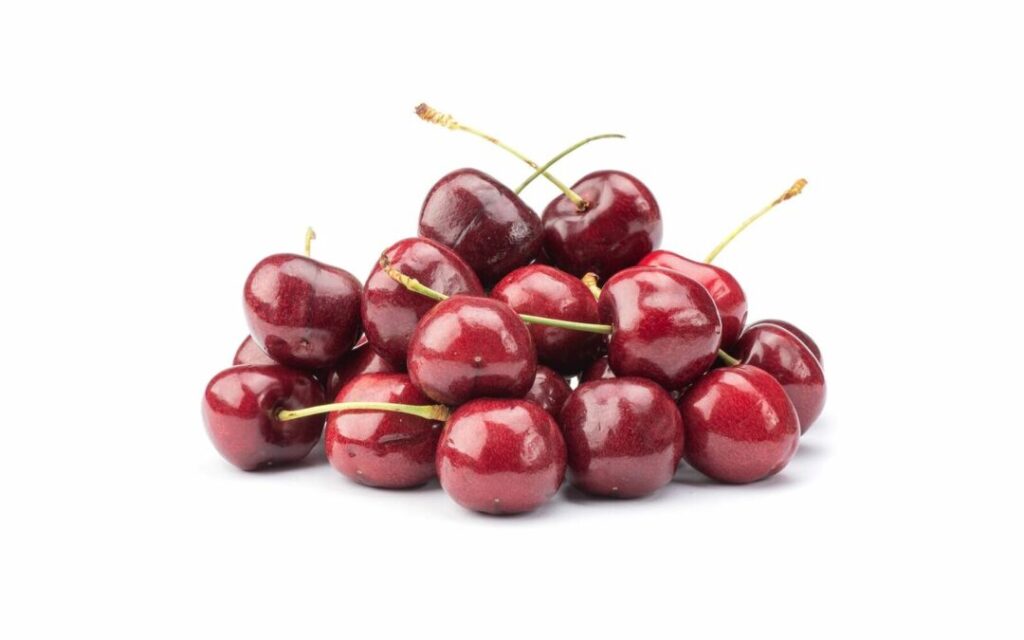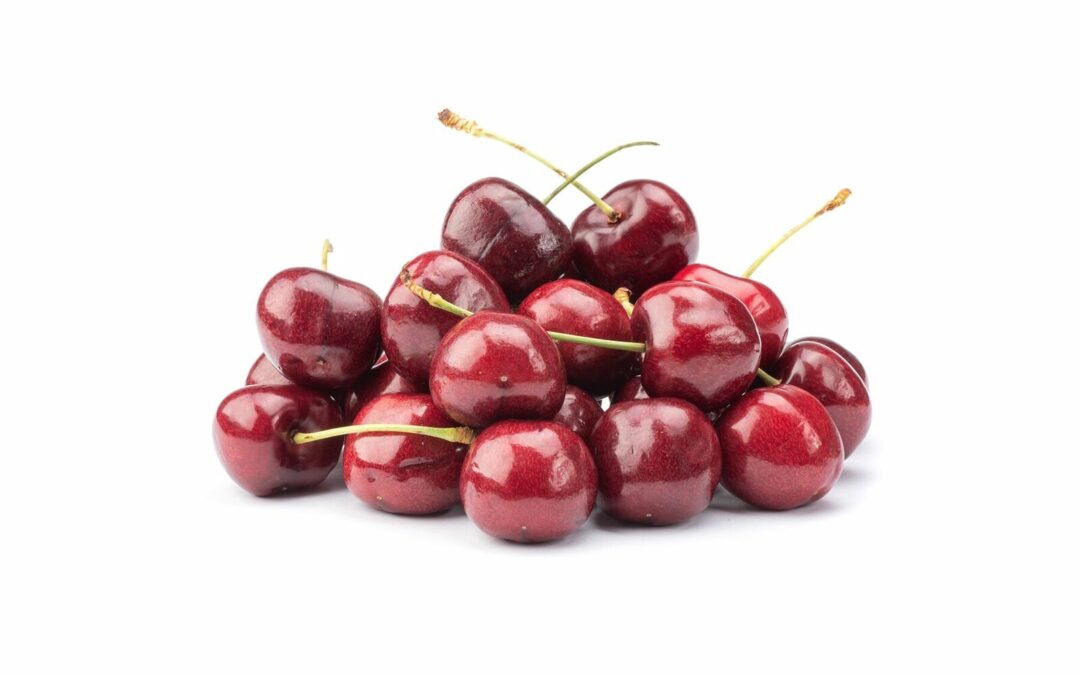Chilean cherry exports forecast to rise by 15% in 2023/24
The first estimate released by the Chilean Cherry Committee indicates that Chile expects to export 95.4m (5kg) cartons of cherries during the 2023/24 season, up 15% from last campaign. The committee, whose members represent more than 85 per cent of the country’s cherry export volume, said the forecast had been particularly challenging due to recent adverse climatic events and does not take into account the recent rainfall that has affected production in parts of the country.
“Although the new estimate shows an increase of 15 per cent on last season’s shipments, we must keep in mind that, given the climatic reality that is being faced, it is a volume that is subject to change as the season progresses,” said Asoex president Iván Marambio. “What there is greater certainty about is that we will continue sending cherries of very good quality, size and flavour to the world to ensure that consumers can enjoy this Chilean fruit, especially in China, our main destination.”
The most recent weather front hit Chile’s main production regions just days after harvesting had begun, when fruit early fruit was colouring up on the tree and later varieties were in the flowering process. In some parts of the country, orchards had still not fully drained following earlier rainfall in July and August.
Jorge Valenzuela, president of produce federation Fedefruta, said: “The spring rains are being very erratic, and although some areas could have avoided damage, many producers face challenges due to the wet weather”.
Claudia Soler, executive director of the Cherry Committee, said: “We have never had a season so difficult to estimate, as the volumes vary week by week, especially due to agroclimatic issues that we have been facing as a sector. For this reason, this first estimate does not include the effect of the latest rains, nor adjustments for late fruit set and abortions in development”.
Peak production is anticipated for week 51. As the Chinese New Year falls later next year (on 10 February as opposed to 22 January in 2023), this will ease pressure on exporters and give them more time to make shipments and mean less pressure than last year, Soler said.




